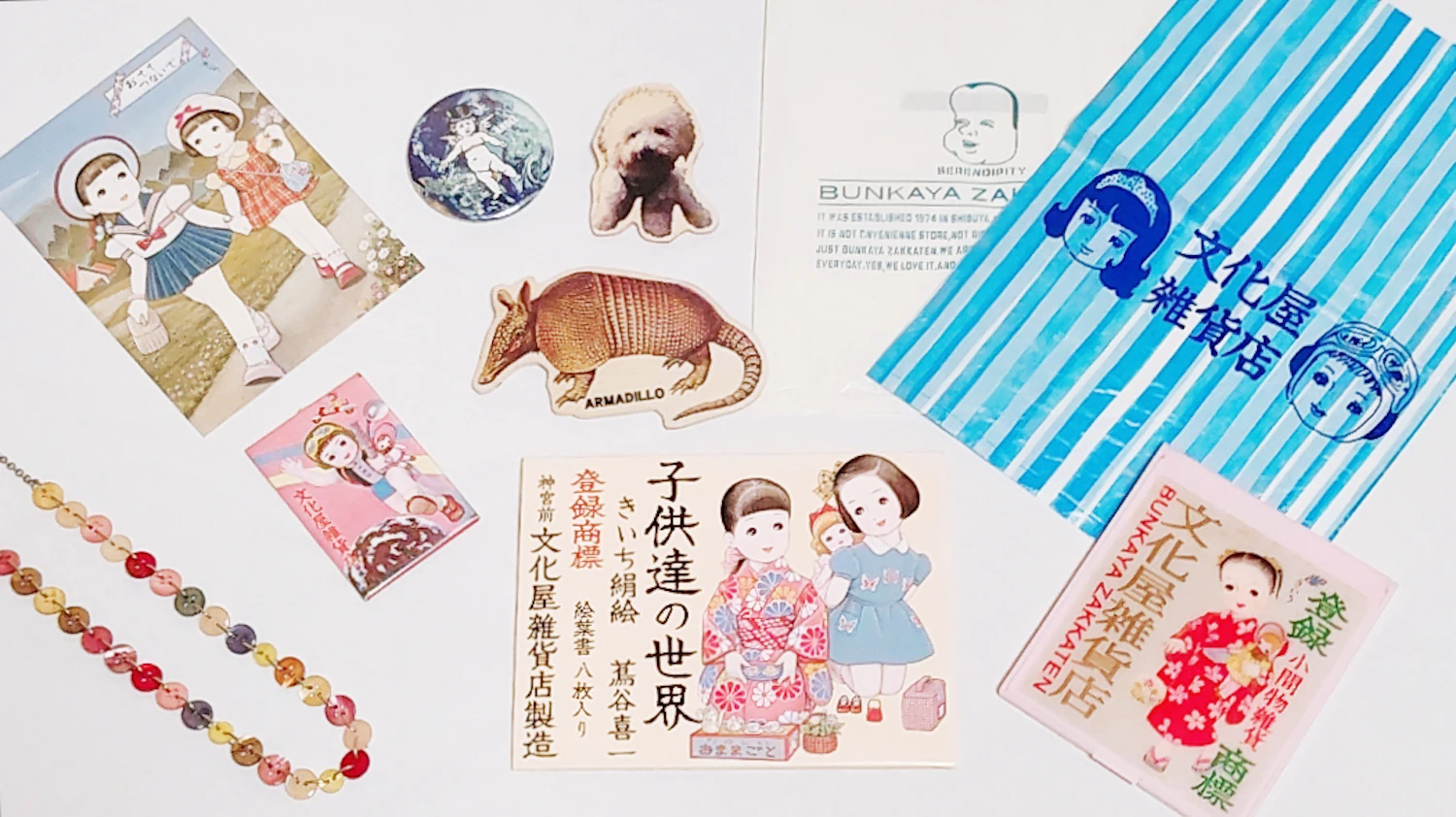12.24WED
Experience the Unique Charm of "Bunkaya-Zakkaten"

Everyone probably has that one store from their youth they can never forget. For me, the first store that comes to mind is undoubtedly Bunkaya-Zakkaten.
I was fortunate enough to visit Bunkaya-Zakkaten in the 1990s and enjoy shopping there, but explaining the store to those unfamiliar with it is somewhat challenging.
"A retro, kitsch, and somewhat bewildering but fun store" is the best way to describe it. What exactly was Bunkaya-Zakkaten? This time, I'd like to reflect on the charm of the store that taught me the joy of "zakkaten" during my youth.
Bunkaya-Zakkaten When It First Opened
Bunkaya-Zakkaten was founded by Yoshitaro Hasegawa in 1974.When people hear the name "Bunkaya-Zakkaten," they often associate it with the 1990s, but it surprisingly dates back to the 1970s.
When it first opened, it was located on Fire Street in Shibuya. Fire Street at the time was an area with many warehouses, but it was an easy spot to park your car and a strategic location targeting the fashion industry people. Though it was in an alleyway, it quickly caught the attention of famous designers, stylists, and merchandising professionals from the fashion industry, making it an instant hot topic.
This article is for members only.
Please register to read the rest of the article.
What you can do with a membership
- Read members-only articles
and use text-to-speech. - Unlimited article favourites
and browsing history. - Attend members-only events.
- Get the latest information
with our email newsletter.
CONCEPT VIDEO
"fashion tech news" Unveils New Logo & Concept Video
TOP ARTICLES
RELATED ARTICLES
CONCEPT VIDEO
"fashion tech news" Unveils New Logo & Concept Video
CONTACT
If you have any questions or enquiries, please enter your details in the form below.







![[No.4]The Secret to the Expressive Techniques Only Living National Treasure Akihiro Maeta Can Create](https://images.microcms-assets.io/assets/1775a3633c8b428d9f011c6a758a8a5c/9c7bdfdde79840788867596b54617615/OGP4.JPG?w=400&fm=webp)



![[No.3]Living National Treasure Akihiro Maeta's Setbacks and Challenges](https://images.microcms-assets.io/assets/1775a3633c8b428d9f011c6a758a8a5c/3cb62d72ed254ff29b04d6e6226bee04/OGP3.JPG?w=400&fm=webp)





.png?w=400&fm=webp)



